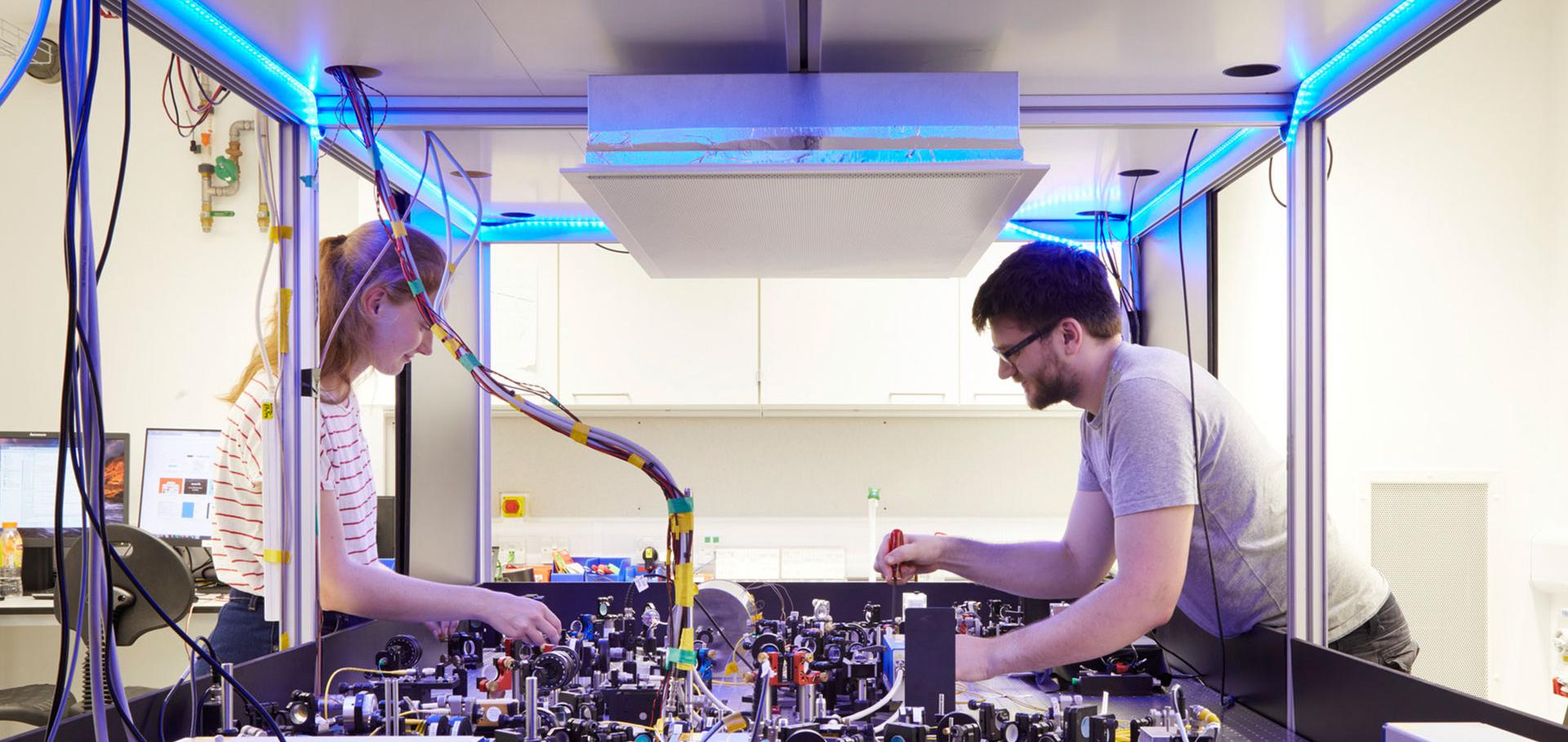Further simulations of the gain in a K XIX/Cl XVII resonantly photopumped X-ray Laser
Journal of Quantitative Spectroscopy and Radiative Transfer Elsevier 70:1 (2001) 11-24
Collisionless shock and supernova remnant simulations on VULCAN
Physics of Plasmas AIP Publishing 8:5 (2001) 2439-2445
Supernova remnant simulation experiments on VULCAN
Proceedings of SPIE--the International Society for Optical Engineering SPIE, the international society for optics and photonics 4424 (2001) 484-491
Electron Impact Excitation of Al XIII: Collision Strengths and Rate Coefficients
Physica Scripta IOP Publishing 63:2 (2001) 95-103
Clinical and Endocrine Characteristics in Atypical and Classical Growth Hormone Insensitivity Syndrome
Hormone Research in Paediatrics Karger Publishers 55:3 (2001) 125-130


